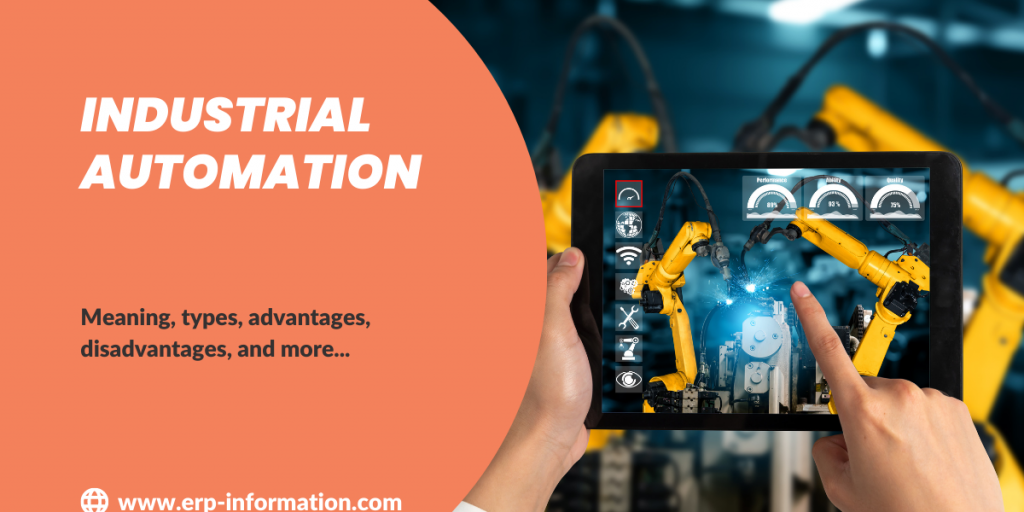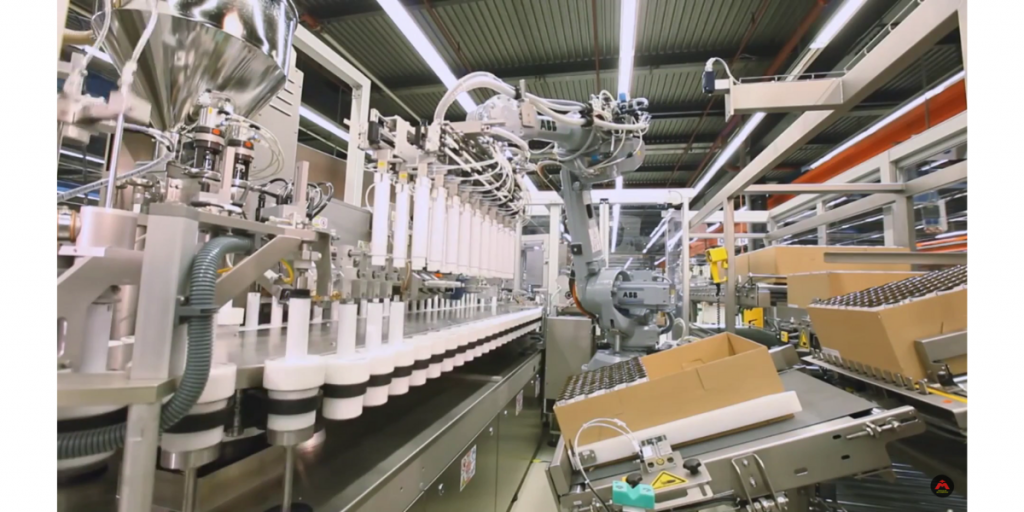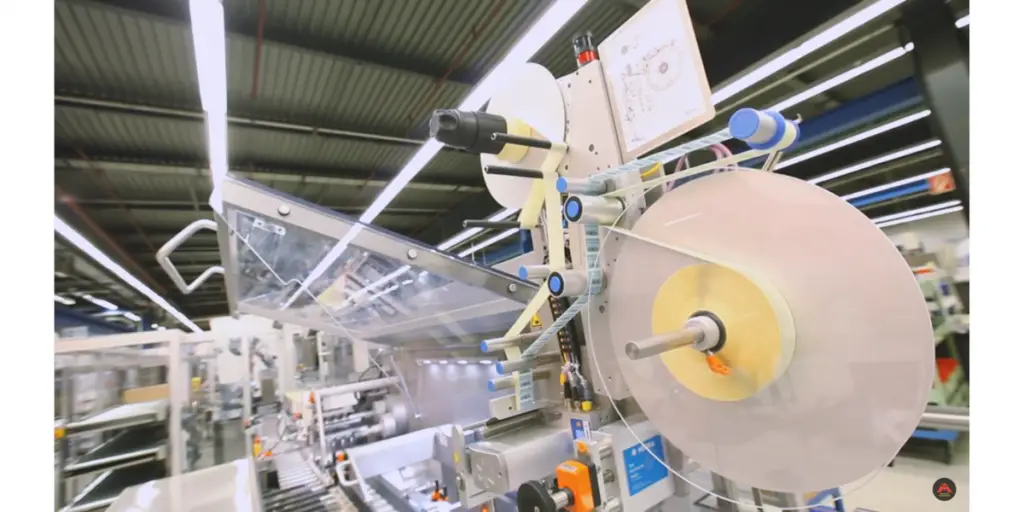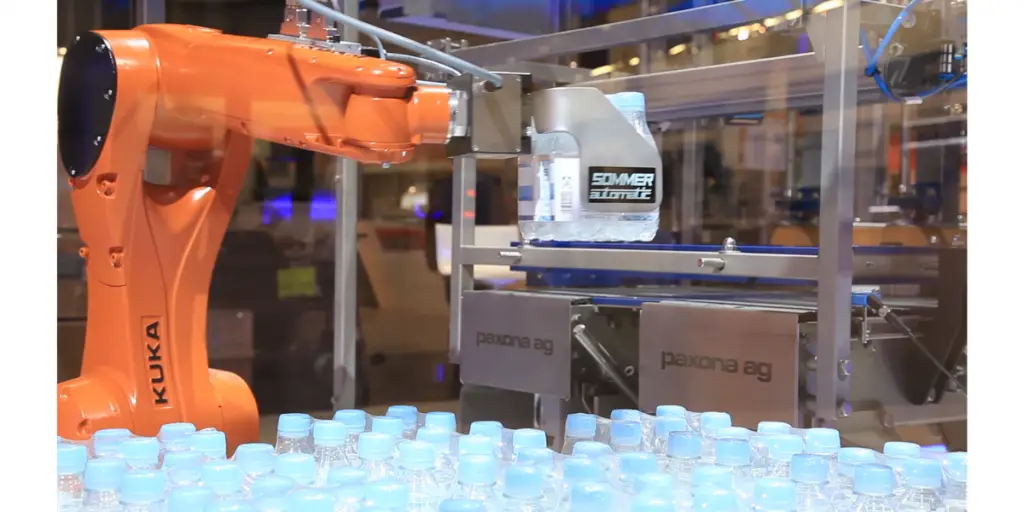It is commonly acknowledged that automation plays a pivotal role in driving efficiency and effectiveness across businesses.
Although automation has been implemented for several years across industries, including banking, shipping, and manufacturing, industrial automation is now gaining more significance.
By using dedicated technology applications such as robots and AI-based systems, companies can reduce costs associated with labor output and increase their potential profits significantly.
In this blog, we will discuss the use of industrial automation within the industry today, focusing on how it can benefit businesses both financially and operationally.
This post is tailored to cater to anyone who seeks knowledge on automated systems, whether you’re an individual curious about how they work or a business owner, big or small, seeking to boost efficiency in your workplace.
What is Industrial Automation?
Industrial automation uses technology and control systems to automate industrial processes, machinery, and equipment.
This includes a range of technologies such as robotics, Artificial Intelligence(AI), machine learning, and the Internet of Things (IoT), which optimize production processes, reduce costs, and improve efficiency.
Control loops were added to machines when automation arrived. These can be open, which lets people work with it, or closed, completely run by the machine.
Industrial control systems (ICS) facilitate remote monitoring and management of machinery, enabling the industry to operate round-the-clock with heightened control.
Industrial automation strives to substitute human labor with computer systems and machines to enhance production efficiency, accuracy, and safety while reducing costs.
Automating repetitive tasks empowers manufacturers to scale production capacity and respond rapidly to market demands.
Industrial automation has revolutionized different industrial sectors, including automotive and food processing, augmenting precision, speed, and productivity.
Additionally, it provides for enhanced workplace safety by minimizing the risk of harm or illness for employees who would have otherwise been exposed to hazardous conditions.
Types of Industrial Automation
Industrial automation is divided into four main categories.
Fixed Automation
Fixed automation means using machines to do certain tasks repeatedly. It is like when a factory has robots that do the same job all the time.
Fixed automation is usually easy to use. It does one thing, like a process or assembly, that follows certain commands.
It can be hard to change the design of a fixed automation process since it is set up for one specific purpose.
Pros
- Lower unit cost
- High productivity
Cons
- Inflexibility to accommodate a variety of operations
- High implementation cost
- Chances of the vulnerability machine may result in poor outcome
Programmable Automation
Modern manufacturing relies on programmable automation, a type of adaptable automation that enables production equipment to alter its operations to produce varied products. This customizable automation is a critical component of modern manufacturing processes.”
It is most often used when making batches of things. A program controls the operation; new programs can be created for new products whenever needed.
Pros
- Flexible for a variety of production
- Most suitable for batch production
Cons
- Comparatively production rate is less than the fixed automation
- Require high investment
Flexible Automation
Flexible automation is when a computer can control many machines connected by a material handling system. This system allows for quick changes between products and processes.
The rotary indexer is an example of a material handling system that links the tools together. It makes it possible to make different parts without taking too much time to change the setup or reprogram the computer.
Pros
- Flexible to produce various design products
- Continuous production
- Production cost is medium
Cons
- High unit cost
- High implementation cost
Total Integrated Automation (TIA)
TIA is an idea created by Siemens Automation and Drives. It includes three main ideas: common software, a common data management system, and communication.
Many companies are interested in using this automation, like, plastic processing, general machine construction, food and beverages, the packaging industry, etc.
Pros
- Higher productivity
- Less complexity
- Less life cycle cost
- Security for investment
How does Industrial Automation Work with ERP and EDI?
ERP
- ERP software is used to help automate traditional business activities. Now, with IIoT technologies, it can help automate processes on the production floor too. ERP systems can collect data from production processes, robots, and edge devices.
- People don’t need to do anything because the ERP system can manage maintenance schedules and reporting.
- It will also save energy and resources when needed.
- This will make your business more connected and efficient from the shop floor up top management level.
EDI
- EDI(Electronic data interchange) automation makes it easier to do business with others. It replaces things like faxes, phone calls, and emails.
- EDI works on different computer systems so that everyone can use it. Information is sent quickly and securely between devices.
- The data is easy to read for both current orders and past orders.
Advantages
- Increases productivity
- High production quality
- Reduces repetitive checks
- Less labor requirement
- less cost or long-term cost investment
- High security
- Functional expertise
- High accuracy and less error
- Advanced data collection
Disadvantages
- High installation costs
- Need human interference
- Automated processes are not flexible
- It could invite new safety hazards
What is the future of industrial automation?
In the future, industrial automation is set to incorporate an increasing amount of digital technology, such as robots and AI. This heightened integration is expected to enable automation systems to operate with greater speed, flexibility, and safety protocols.
Additionally, industry leaders are emphasizing the importance of safety in production processes and are driving efforts to enhance it further. These developments will allow for quick adjustments to be made in response to changes in the manufacturing landscape.
Conclusion
Industrial automation has brought about a notable change in how industrial processes are managed and executed.
With continuous advancements in technology, we can anticipate further developments in the application of industrial automation across various industries, bringing about more innovative and sophisticated solutions.
We hope this blog post provided you with sufficient insight into industrial automation.



